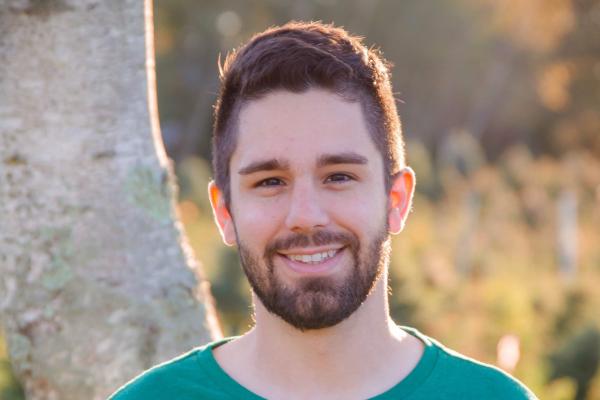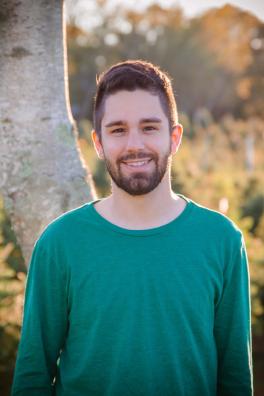
Discoveries and Applications with Polarized Photons
Dr. Daniel Brandenburg
Brookhaven National Lab
Virtual only (link below)
Faculty Host: Michael Lisa
** PLEASE NOTE: non-standard time, 3:00pm on Thursday, March 31 **

Abstract: Only a handful of fundamental interactions between light and matter are allowed in the theory of Quantum Electrodynamics (QED) -- almost all of which have been observed in the 80+ years since their prediction. Moreover, the predictions of QED have withstood decades of increasingly precise scrutiny, demonstrating QED to be one of "the best tested theories in physics" [1]. However, the linear Breit-Wheeler process, the simplest mechanism for converting 'light quanta' into matter and antimatter, has eluded observation since its prediction in 1934.
In this talk I will present the first observation of the Breit-Wheeler process achieved by harnessing photons mediated by the ultra-Lorentz contracted electromagnetic fields of relativistic nuclei.
This observation, performed by the STAR experiment at the Relativistic Heavy Ion Collider, is also the first light-by-light scattering experiment sensitive to the polarization (spin) states of the colliding photons and confirms a 1936 prediction by Euler and Heisenberg indicating that a photon's wavefunction can be split by ultra-strong electromagnetic fields.
After briefly discussing the broader impact of these discoveries, I'll focus on the rapid progress in nuclear physics that these new observations have allowed. Specifically, how this precise source of high-energy photons can undergo a novel form of quantum interference which provides a "femtoscope" capable of observing the structure of high-energy nuclei at unprecedented resolution. Finally, I'll talk about how these new techniques foreshadow the discovery opportunities at the future Electron-Ion Collider, a powerful machine for studying the inner dynamics of nuclear matter.
[1]: A century of correct predictions. Nat. Phys. 15, 415 (2019)
Bio: (James) Daniel Brandenburg is a Distinguished Goldhaber Fellow at Brookhaven National Laboratory where he is pioneering an independent research program at the intersection of quantum electrodynamics and quantum chromodynamics. He received his PhD from Rice University in 2018 as part of the STAR collaboration where he studied the nuclear phase diagram and the quark gluon plasma through comprehensive measurements of jet energy-loss. He has played a leading role in several upgrades including the successful addition of a fixed-target mode to STAR that has provided a plethora of new physics opportunities. As a Goldhaber fellow he is a physics convener and a member of the management team in charge of integrating a forward tracking and calorimetry system into STAR - a project influencing the design of future Electron-Ion Collider experiments. Daniel's current research interests involve utilizing the Universe's strongest electromagnetic fields to search for physics beyond the standard model, techniques for imaging nuclei at the femto-scale, and fundamental aspects of quantum mechanics such as the mechanism and speed of wavefunction collapse. Daniel is the proud father of a Cuban-American daughter and (according to some) owns a $75M castle.
Please use the Zoom link below to attend virtually:
Meeting ID: 948 5830 7115
Password: PRB1080
